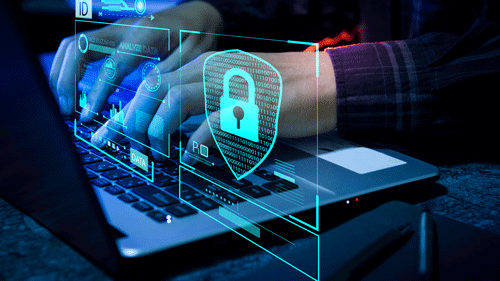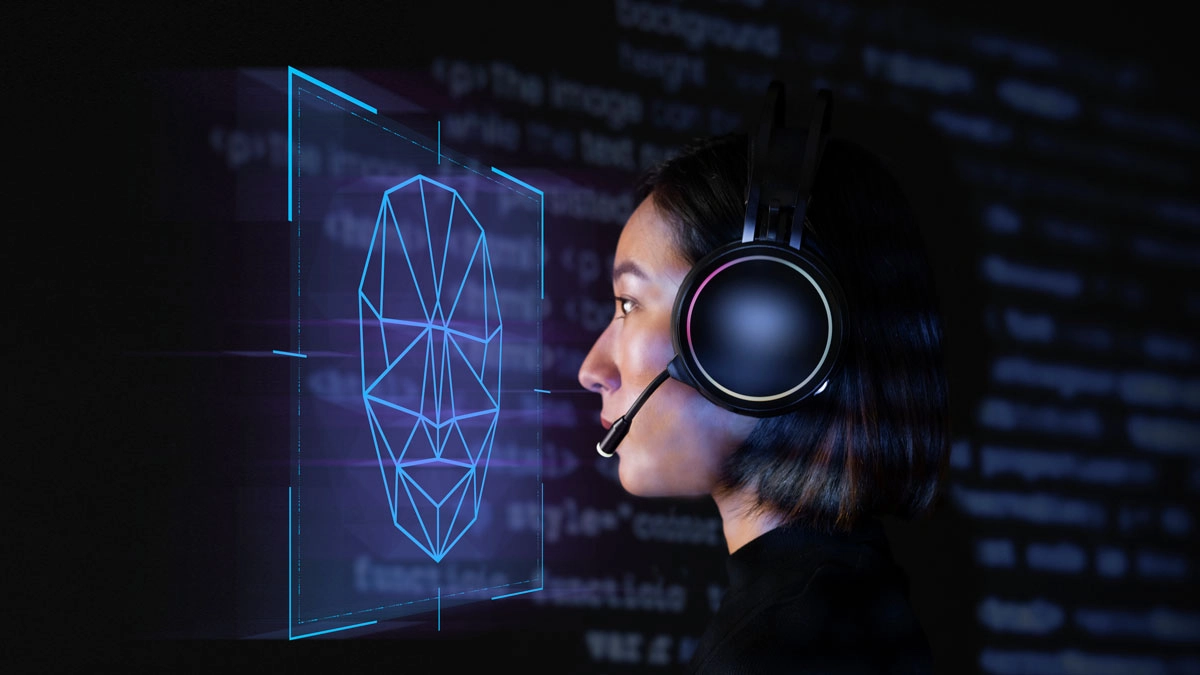Security is paramount in the containerized applications landscape, where agility meets complexity. Traditional security measures are often inadequate to address the evolving threat landscape. This is where continuous monitoring in container security emerges as a crucial aspect of maintaining a robust and adaptive security posture.
The Essence of Continuous Monitoring in Container Security
Continuous monitoring is a proactive and ongoing process involving real-time observation and analysis of activities within a containerized environment. In the context of container security, this means a vigilant watch over the entire lifecycle of containers, from their creation to deployment and runtime.
1. Early Threat Detection
Continuous monitoring enables the early detection of potential threats and vulnerabilities. By constantly analyzing container behavior and network activity, security teams can identify anomalies and address security issues before they escalate.
2. Dynamic Environments Require Dynamic Monitoring
Containers are known for their dynamic nature — they can be rapidly created, scaled, and terminated. Continuous monitoring adapts to this dynamism, providing visibility into the ever-changing state of containerized applications.
3. Real-Time Response
With Continuous Monitoring, security teams can respond to security incidents in real-time. Whether it's a suspicious container activity or a potential breach, reacting swiftly is crucial in minimizing the impact of security incidents.
The Key Components of Continuous Monitoring for Container Security
1. Container Orchestration Integration
Continuous monitoring seamlessly integrates with container orchestration platforms like Kubernetes and Docker Swarm. This integration allows for monitoring container lifecycles, ensuring that security measures are in place at every stage.
2. Log and Event Analysis
Logging and event analysis are fundamental to continuous monitoring. By collecting and analyzing logs from containers and orchestration platforms, security teams can gain insights into activities, detect abnormalities, and track user interactions.
3. Vulnerability Scanning
Continuous monitoring includes regular vulnerability scanning of container images. By continuously assessing images for known vulnerabilities and weaknesses, security teams can prevent the deployment of compromised containers.
4. Network Security Monitoring
Monitoring network traffic between containers is critical for identifying potential threats and unauthorized communications. Continuous Monitoring tools provide visibility into container network activity, helping to enforce security policies.
The Benefits of Continuous Monitoring in Container Security
1. Reduced Dwell Time
Continuous monitoring reduces dwell time — the duration between a security incident occurring and its detection. Swift detection and response minimize the potential impact of security breaches.
2. Improved Compliance
Continuous monitoring ensures continuous compliance for organizations subject to regulatory requirements by providing real-time insights into security controls and potential deviations.
3. Enhanced Visibility
Visibility is key to effective security. Continuous monitoring provides a comprehensive view of the containerized environment, enabling security teams to make informed decisions and respond to emerging threats.
Implementing Continuous Monitoring Best Practices
1. Automation for Rapid Response
Implementing automation in Continuous Monitoring facilitates rapid response to security incidents. Automated actions, such as isolating a compromised container, contribute to a more resilient security strategy.
2. Scalability
As containerized environments scale, Continuous Monitoring tools must scale as well. Ensuring that monitoring solutions can handle the increased volume of data is essential for maintaining effective security.
3. Collaboration Across Teams
Continuous monitoring is most effective when there is collaboration between development, operations, and security teams. This cross-functional collaboration ensures that security is integrated seamlessly into the DevOps pipeline.
Continuous monitoring is not just a security feature; it's a mindset that aligns with the dynamic nature of containerized environments. By embracing Continuous Monitoring, organizations can fortify their container security strategy, detect threats early, and respond in real-time. As containerization becomes more prevalent in modern IT landscapes, integrating Continuous Monitoring into your security framework is a proactive step toward safeguarding your digital ecosystem. Stay vigilant, stay secure.





No Comments Available...